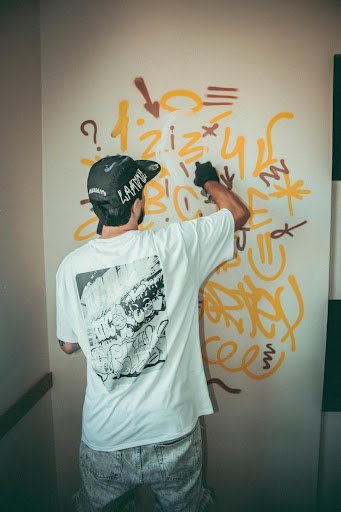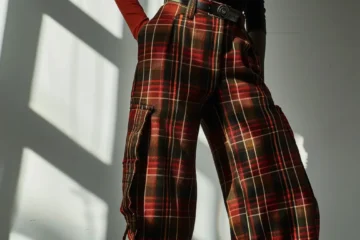For millennia, humans have felt compelled to express themselves through clothing by adding patterns and colors to the fabric. Chinese designers back as far as 200 CE would design woodblocks with patterns carved into them that they used to print designs onto fabric, usually silk.
Textile printing came to Europe a few centuries later, expanding and evolving considerably to incorporate a range of techniques and materials. As technological advances have been made, printing has evolved from hand printing with woodblocks, to the first printing machines, and the hugely popular screen printing.
Today, the variety of designs and printed items available is vast, but clothing is still a huge market when it comes to graphic prints. The ability to create tee shirts, urban hoodies, and other garments with specially designed graphics is definitely one that appeals to the fashion-conscious.
The origins of Graphic Print tee-shirts
While patterns and designs have been popular as decorative elements on clothing for decades, the idea of graphic printing on everyday items such as tee shirts only dates back as far as WW2. Tee-shirts themselves were a relatively new invention, having been adapted from underwear towards the end of the 1800s, and the term ‘tee-shirt’ wasn’t coined until 1920.
Army recruits were issued plain white tee-shirts by the US Military and, during World War Two, soldiers took to adorning their shirts with designs of their own, using stencils and paint to record the details of their deployments, logos of their regiments, and their unit names. This might have remained a military practice but for a Life Magazine cover featuring a soldier in a stenciled tee shirt that really captured the imagination of the nation.
The idea was out there, and it sparked an enthusiasm that was unfortunately unmatched by the technology available. Individuals could create their own tee shirts in the same way that the military was doing, but larger-scale printing just wasn’t an option.
In 1948, presidential candidate Thomas Dewey created tee shirts with his campaign slogan on them. Although he didn’t unseat Harry Truman, he did start a trend for campaign tee shirts that proved successful for Eisenhower and Kennedy.
Once politics had dipped a toe in the graphic print market, it wasn’t long before the potential commercial appeal of a TV tie-in was identified. This led to the production of Mickey Mouse tee-shirts in 1950, demonstrating once and for all that graphic printing had the potential to be a fun, creative, and individual way for people to express themselves.
The rise of graphic prints
By the end of the 1950s, the screen-printing process had been refined, and inks had been developed that were easy to work with and could withstand repeated wearing and washing. Anyone could create a design and print their own run of tee-shirts, inspiring artists and cultural changemakers to voice their feelings via their clothing.
Among the earliest graphic prints were a lot of protest messages and social commentary. In 1962, when Andy Warhol developed a method of transferring photo prints onto tee shirts, his popularity catapulted the process into the limelight.
The enthusiasm for graphic prints, which had been building since the 1940s, could finally be realized. At a time when music, art, and fashion were focused on individuality and the post-rock and roll appreciation of rebellion and speaking one’s mind, graphic printing provided the perfect opportunity to showcase individuality.
Graphic prints today
While some fashion items come and go, some have the universal appeal to endure for generations, and graphic prints on tee-shirts and hoodies were soon an essential part of almost every wardrobe. Their versatility has made them the perfect staple as they can be adapted to incorporate beautiful art, cultural messaging, personal achievements, and more.
From declaring your political views to sharing your enthusiasm for a band, graphic prints have given a voice to anyone with something to say. And for those who just want comfy clothes with cool designs, the only limit is their imagination.
Stay in touch to get more updates & alerts on VyvyManga! Thank you


